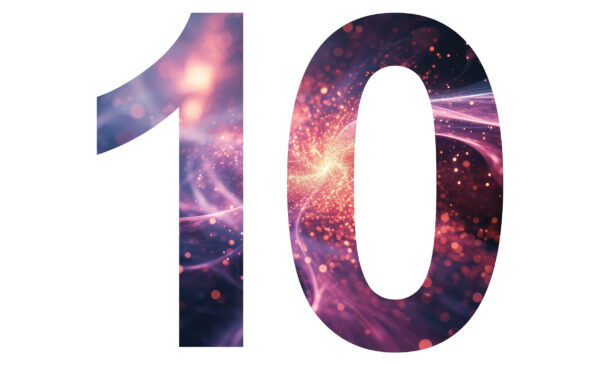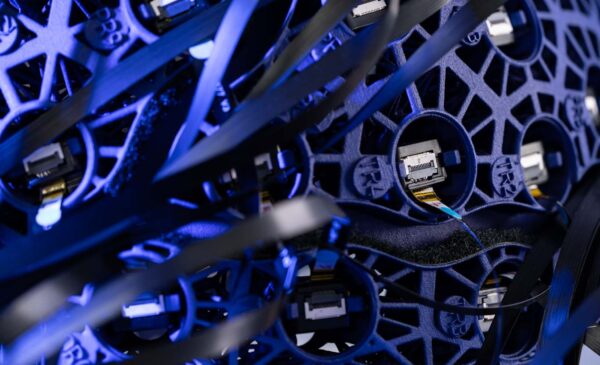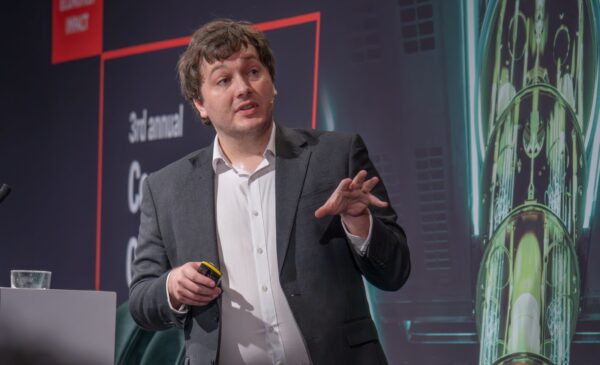The International Clock and Oscillator Networking (ICON) project has been awarded £1.5 million in funding from the Engineering and Physical Sciences Research Council (EPSRC) to bring together world-leading transportable optical clocks and world-leading optical link space infrastructure to explore the limits of precision time transfer.
The project is led by QT Hub academics at the University of Birmingham in collaboration with the University of Nottingham, NPL, Riken (Japan), University of Tokyo (Japan), University of Düsseldorf (Germany), PTB (Physikalisch Technische Bundesanstalt) (Germany) and the Technical University Munich (Germany).
The project uniquely aims to bring together state-of-the-art transportable optical clocks from around the world, specifically from the University of Tokyo, NPL, PTB and the University of Birmingham to be brought together to be collectively tested and validated against each other, to help redefine the SI unit of the time – the second – for optical transition.
The comparative testing and validation process is undertaken in order to establish standardised time by measuring the statistical average. One of the long-term ambitions of the project is to define a second against optical clocks which has not yet been done before.
This project marks the first time clocks will be compared with each other using space links at an unprecedented level – specifically 1×10-18 – which is undertaken via satellite. Currently, clock comparisons are carried out over fibre link networks which take significant time and resource to set up. Comparing optical clocks via space links is not a new concept, but the difficulty lies in the significant limitations in terms of how much can currently be measured.
One of the key end goals for this project is to develop space links capable of 1×10-18 which can facilitate optical clock comparative measurements at a global level, helping the test and validation process and thus paving the way for standardised time across the world.
Optical clocks also present an opportunity to test general relativity and geodesy. This is done by placing clocks at differing heights to determine the geoid height via a frequency comparison between the clocks, providing competition with the best geophysical approaches, and paving the way for more accurate geological forecasting. This is also important for realising the United Nations request for a global geodetic reference frame for sustainable developments.
“This is a game changing initiative in the world of quantum timing with unprecedented precision, opening new avenues for applications on ground, air and space.”
Dr Yeshpal Singh, quantum clocks lead at the University of Birmingham




